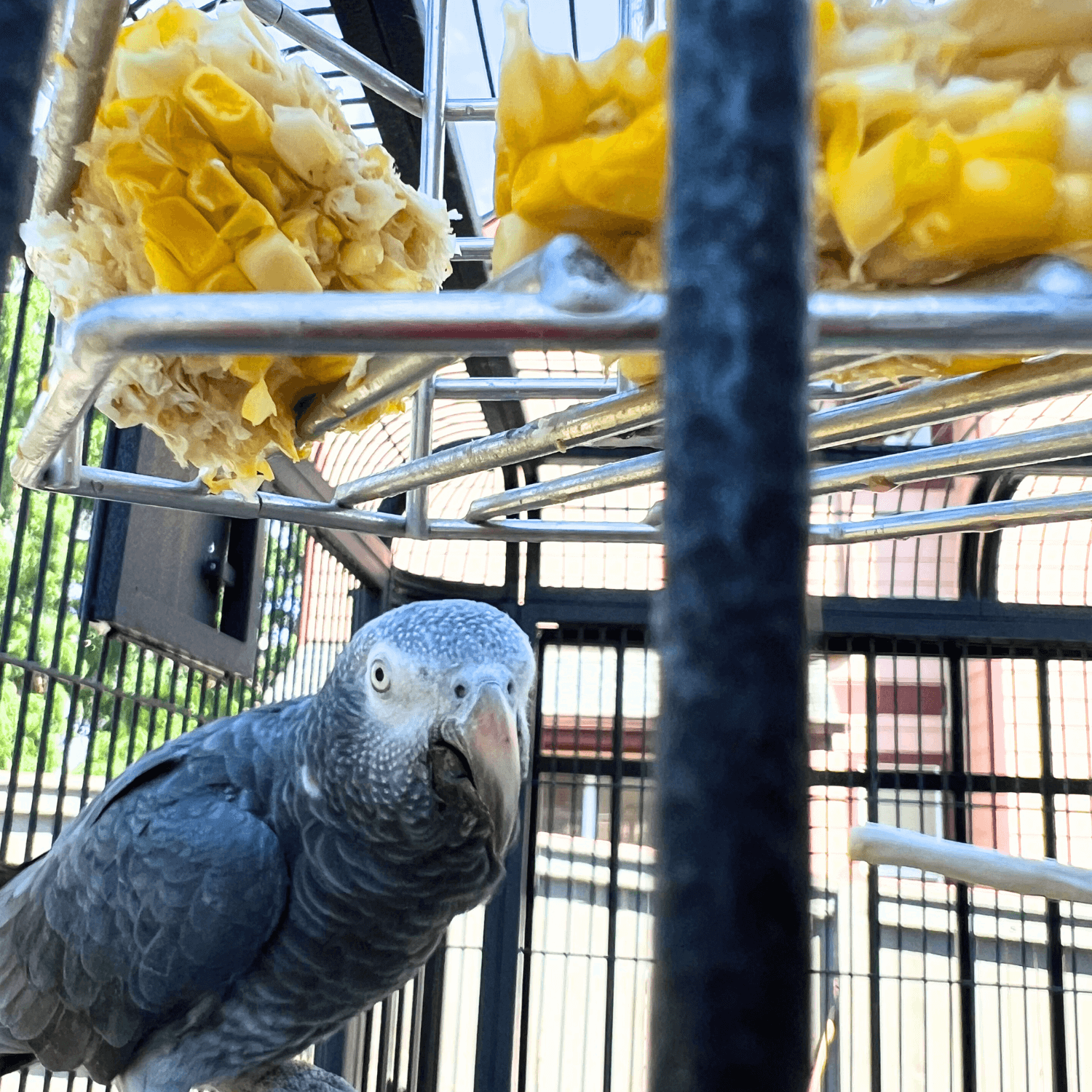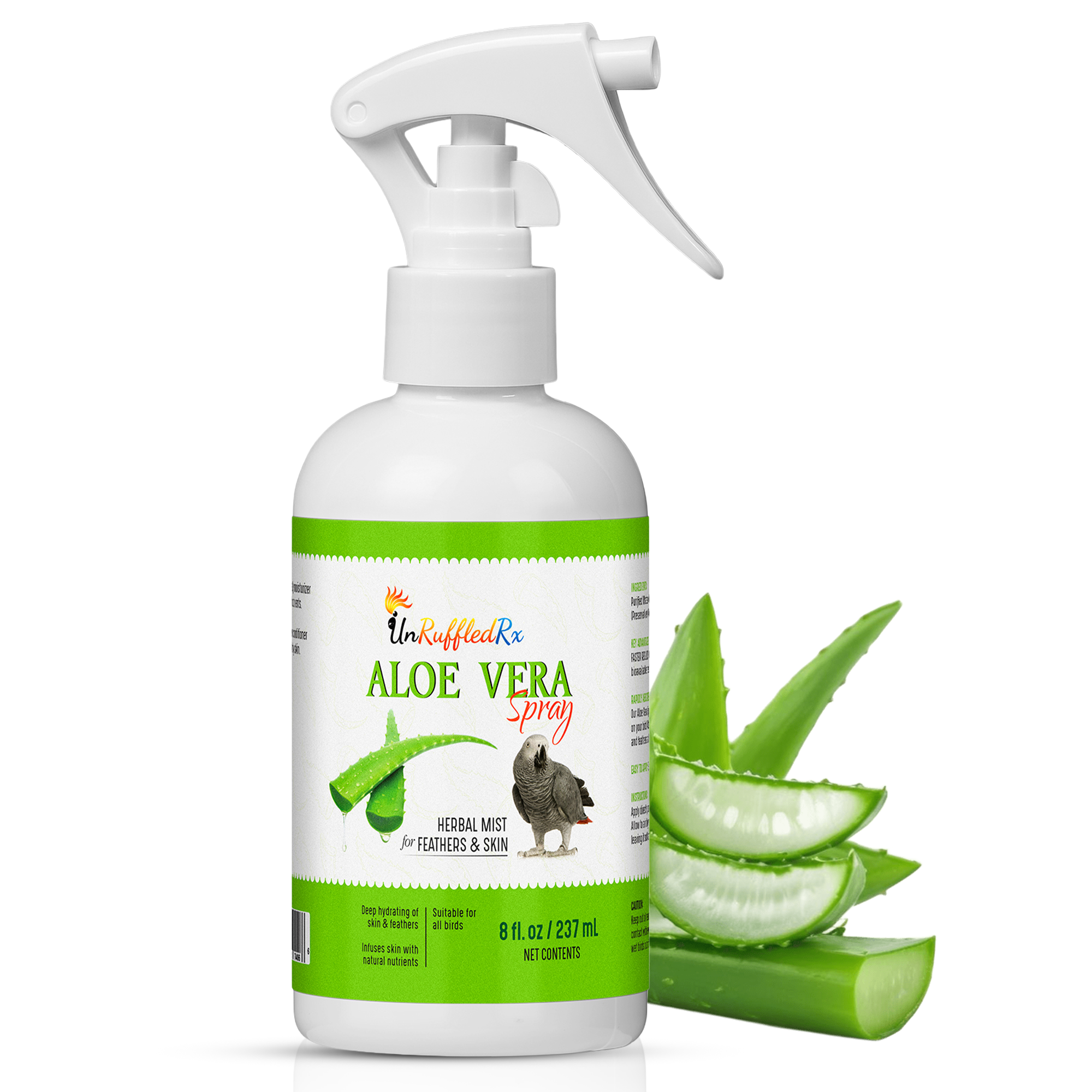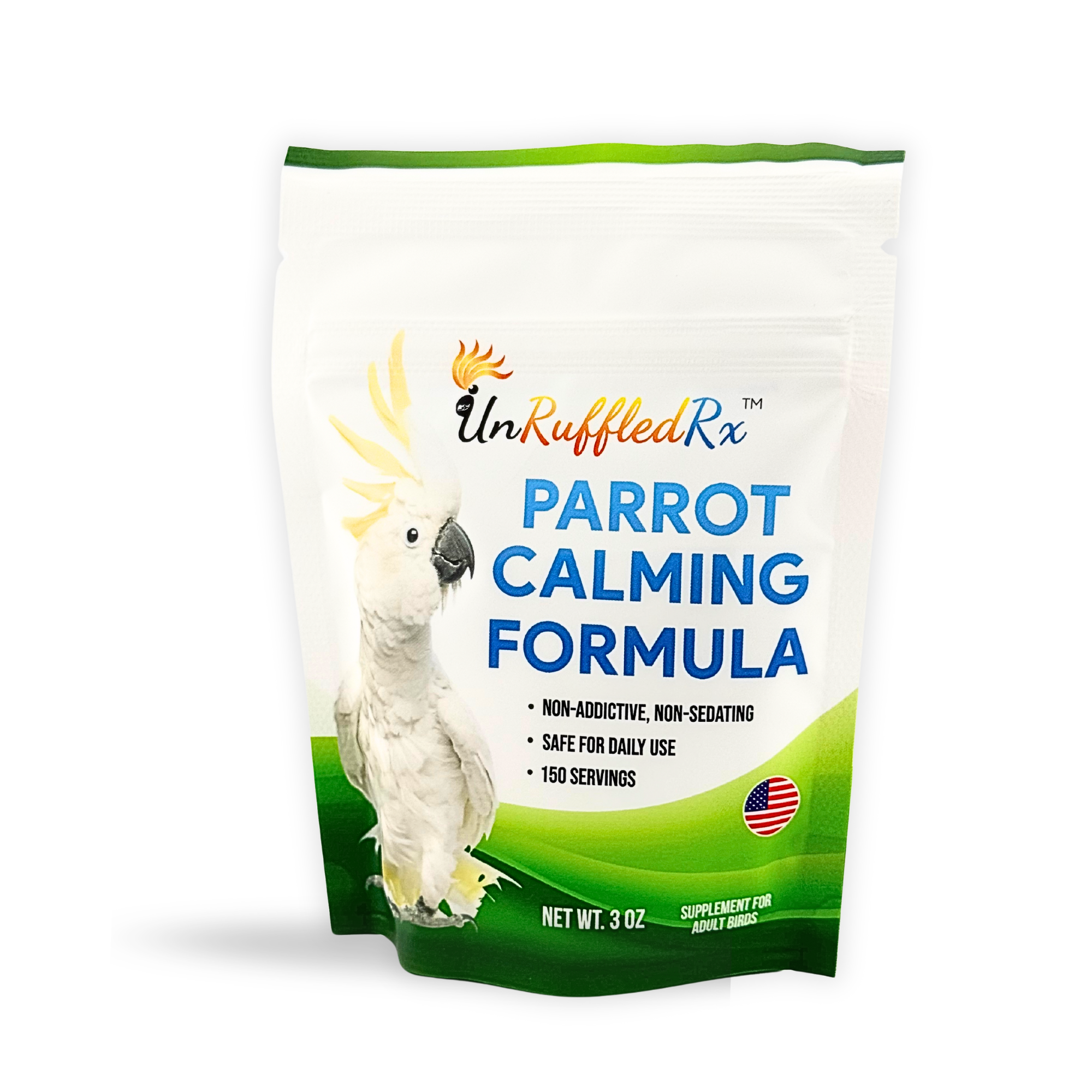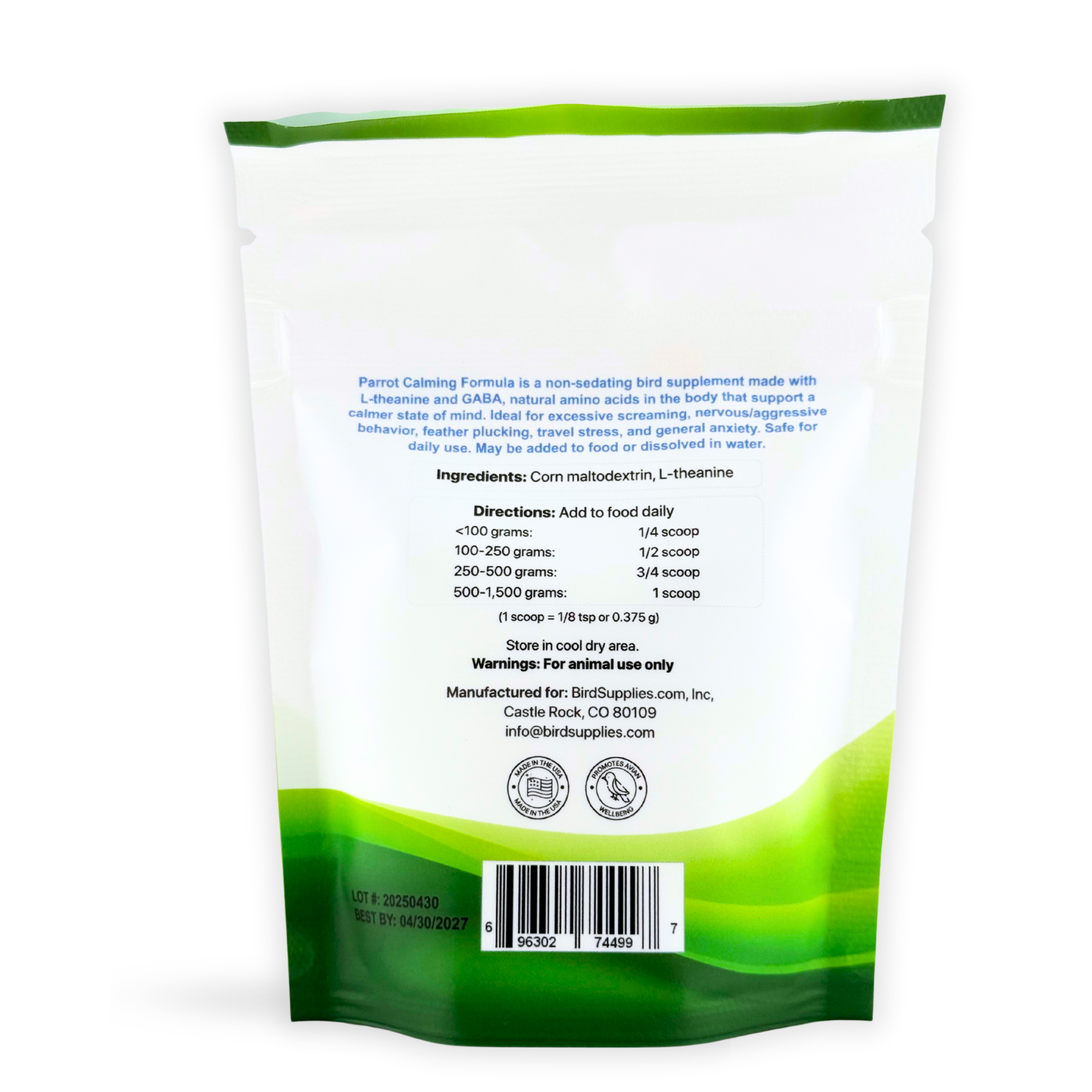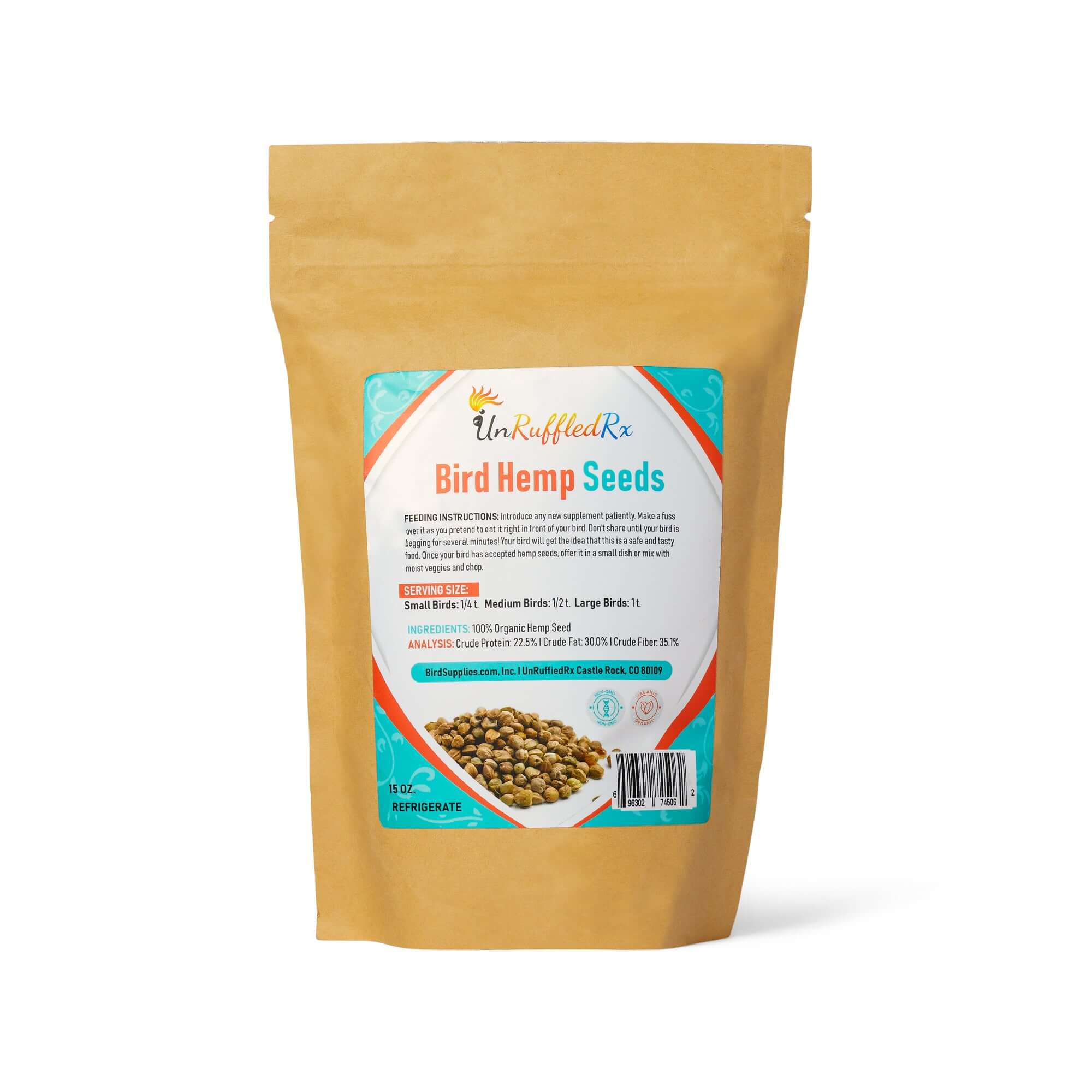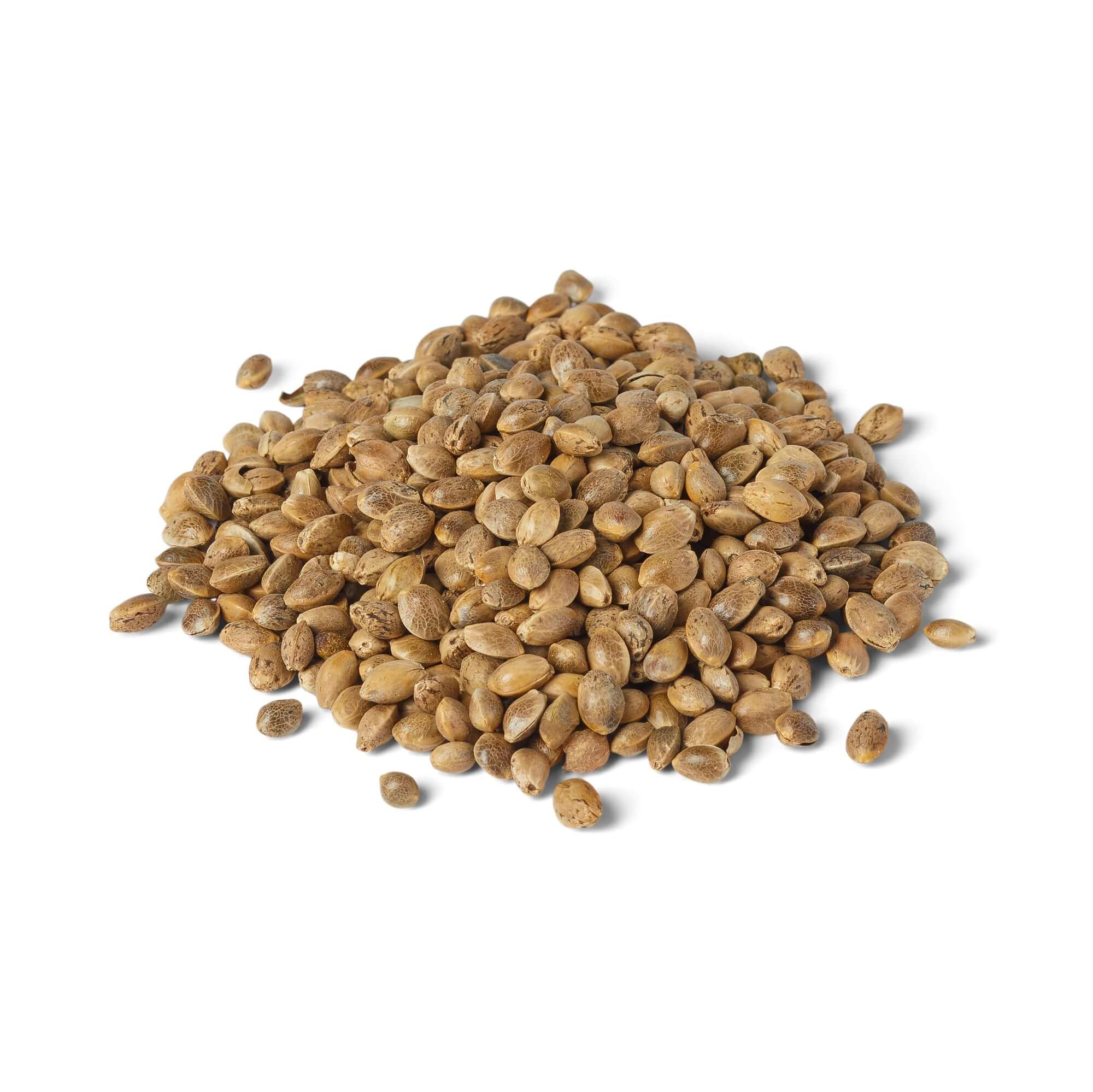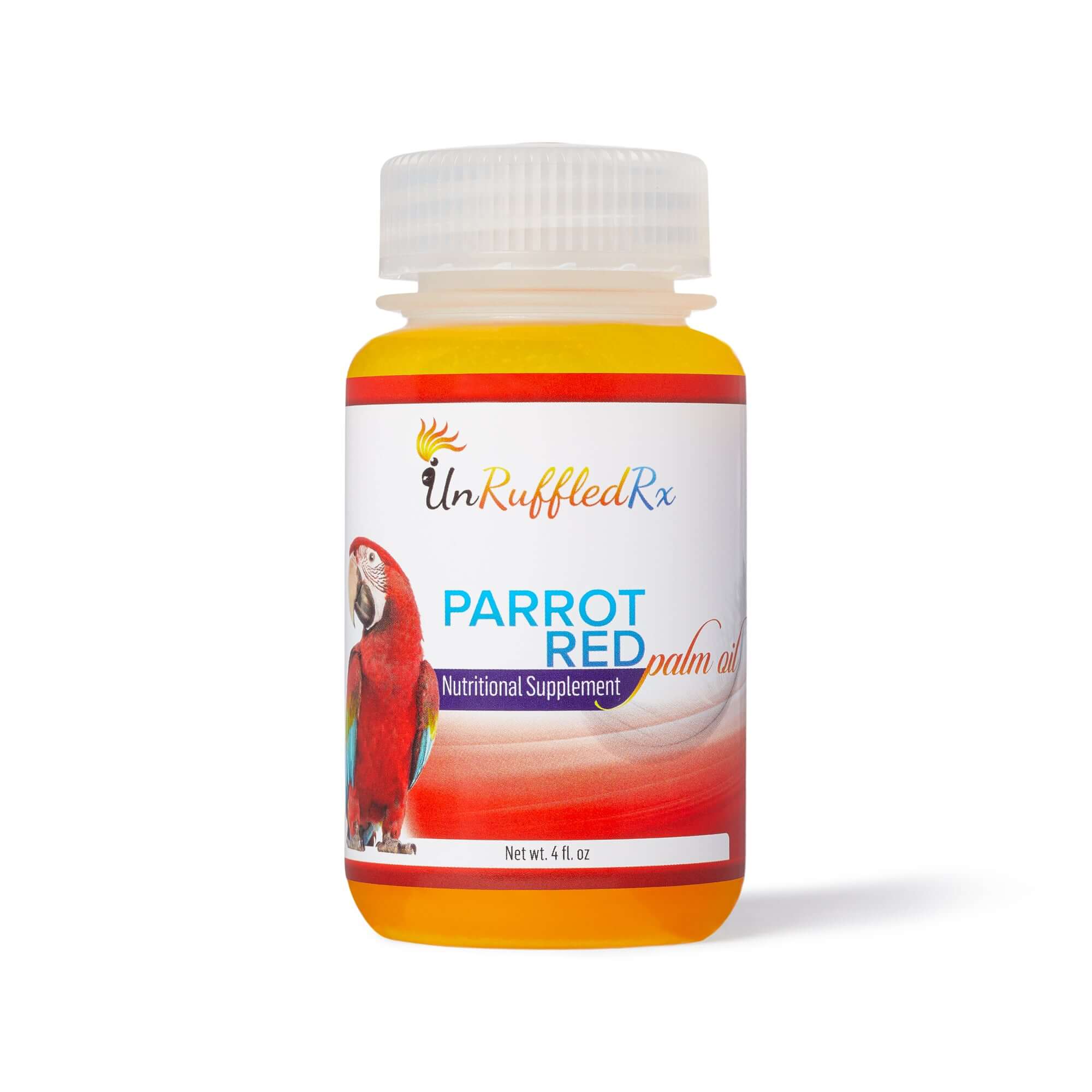Table of Contents
- Why Safe Bird Toys Matter
- Common Hazards in Unsafe Bird Toys
- What Makes a Bird Toy Safe?
- Safe Materials for Bird Toys
- How to Choose Safe Parrot Toys
- Inspecting Bird Toys Weekly for Safety
Safe bird toys are super important for keeping your feathered friends happy and healthy. They promote cognitive and physical enrichment, helping your bird stay active and mentally sharp. Without enough stimulation, birds can get bored and even develop anxiety or depression.
Toys also encourage natural behaviors and habits. In the wild, birds spend a lot of time foraging, building nests, and interacting with their flock. Bird toys can mimic these activities, giving your pet something fun and challenging to do when you're busy.
Plus, toys help ease unwanted behaviors like screaming, biting, and feather plucking. A variety of toys keeps your bird engaged and less likely to develop these bad habits. Regular play can make your bird more independent and happier overall.
Why Safe Bird Toys Matter
Safe bird toys are crucial for your bird’s health and happiness. Many birds get injured by inferior toys every year, leading to serious health issues or even death. By choosing safe bird toys, you can prevent these accidents and ensure your feathered friend stays healthy.
In the wild, birds stay busy spending a significant portion of their day foraging for food and interacting with flock mates. Our captive pets usually have food readily available, so they can literally go crazy with boredom without enough stimulation. Safe parrot toys help mimic these natural activities, keeping your bird engaged and mentally active.

Common Hazards in Unsafe Bird Toys
One major issue with foreign made, unsafe bird toys is toxicity. Some toys are made with harmful materials like lead, zinc, or toxic dyes that can poison your bird if ingested. Always look for safe parrot toys made from non-toxic, bird-safe materials.
Once, I bought a wooden foraging box from Amazon, hoping my parrot would love it. When it arrived, I was shocked to find it smelled like chemicals and had sharp metal staples sticking out. As an astute bird owner who wants to offer enrichment, it was scary to think that such unsafe materials were being sold for our pets. This experience made me realize how important it is to choose safe, high-quality bird toys from brands we can trust.
Strangulation is another danger. Toys with long strings or small openings can trap your bird, causing injury or suffocation. Make sure the toys you choose don’t have parts that could wrap around your bird’s neck or body.
Ingestion is also a big concern. Birds love to chew, and they might swallow small parts from inferior toys. This can lead to choking or internal blockages. Safe bird toys are designed to be durable and free from small, breakable parts.
| Toxic | Strangulation | Ingestion |
|---|---|---|
| Lead-based paint | Long strings | Small plastic beads |
| Galvanized metal | Thin ropes | Sharp, splintered wood |
| Zinc-coated metal | Chains with open links | Button-sized parts |
| Treated wood | Hanging loops | Plastic eyes from toys |
| Paints with heavy metals | Elastic bands | Small screws or nuts |
| Cheap plastics | Wire hangers | Broken pieces of toys |
| Toxic dyes | Frayed fabrics |
Broken bell parts |
| Rubber parts | ||
| Certain adhesives |
What Makes a Bird Toy Safe?
Choosing safe bird toys is essential for keeping your feathered friend healthy and happy. Safe bird toys are made from non-toxic, durable materials that won't harm your pet if chewed or ingested. Let's look at the key features of safe bird toys and the best materials for bird toys.

1. Non-Toxic Materials: Safe bird toys should be made from non-toxic materials. Avoid toys with lead-based paint, zinc-coated metal, or cheap plastics. Instead, look for toys made from stainless steel, untreated wood, natural fibers, and plant-based materials like seed pods. These materials are safe for birds to chew and play with.
2. Durability: Safe bird toys need to be durable to withstand your bird's strong beak and claws. Toys that break easily can create small parts that might be ingested or cause injury. Durable materials like stainless steel, thick untreated wood, and sturdy plant fibers ensure the toys last longer and stay safe.
3. Safe Design: The design of bird toys should prioritize safety. Avoid toys with long strings, thin ropes, or small openings where your bird could get trapped. Safe bird toys have secure attachments and no small parts that could be swallowed. Look for designs that encourage natural behaviors without posing risks.
4. Easy to Clean: Keeping bird toys clean is important for your bird's health. Safe bird toys should be easy to clean and disinfect. Stainless steel, hard wood, and certain plant-based materials can be wiped down or washed without damage, ensuring your bird's toys remain hygienic.
5. Encourages Natural Behavior: Safe bird toys should encourage natural behaviors like foraging, chewing, and climbing. Foraging toys made from safe materials for bird toys can hide treats and provide mental stimulation. Chew toys made from untreated wood and seed pods help keep your bird's beak healthy, and climbing toys promote physical exercise.
6. Quality and Origin: As a general rule of thumb, choose American-made toys from quality manufacturers whose names you can pronounce. These toys are often held to higher safety standards and are made from materials you can trust. Supporting reputable brands ensures that your bird gets the best and safest toys available.
By choosing safe bird toys made from safe materials for bird toys, you provide your pet with a fun and stimulating environment. These toys help keep your bird healthy, happy, and engaged, reducing the risk of boredom and unwanted behaviors.
Discover the some of best safe bird toy brands to keep your parrot happy and healthy. Learn how to choose toys that prevent boredom and hazards.
| Product | Teacher FunMax 213 |
Foraging Box Etsy |
Stainless Steel Kabobs Exotic Nutrition |
Party Take Away Bonka 2227 |
|---|---|---|---|---|
 |
 |
 |
 |
|
| Easy to set up | ✔ | ✔ | ✔ | ✔ |
| Affordable | $ | $$ | $ | $ |
| Safe | ✔ | ✔ | ✔ | ✔ |
| Durable | ✔ | ✔ | ✔ | |
| Interactive | ✔ | ✔ | ✔ | |
| Eco-friendly | ✔ | ✔ | ✔ | ✔ |
| Cognitive Stimulation | ✔ | ✔ | ✔ | |
| Sensory Stimulation | ✔ | ✔ | ✔ | ✔ |
Safe Materials for Bird Toys
Metals: Choose metals that are free of toxic substances and avoid pointy staples that can harm your bird.
- Stainless steel
- Nickel-coated
Woods: Ensure woods are pesticide and fertilizer-free to keep your bird safe from harmful chemicals.
- Untreated pine
- Manzanita
- Applewood
- Birch
- Java wood
Plastics: Use plastics that are durable and avoid hard plastics that can shard and injure your bird.
- Acrylic
- Polycarbonate
Ropes: Select natural fibers that are free from chemical treatments and safe for your bird to chew.
- Abaca
- Hemp
- Sisal
Natural Fibers: These fibers are safe and provide a natural texture for birds to enjoy.
- Coconut fibers
- Palm leaves
- Seagrass
Miscellaneous: Choose materials that are natural and free from harmful chemicals.
- Bamboo
- Sola
- Mahogany
- Gobi tails
- Pine cones
- Vines
For the safety and health of your bird, it's best to choose premium, US-made products. These often adhere to higher safety standards and ensure that your bird's toys are made from the best materials available.
Please note, this list isn't all-inclusive. Always do your homework and research to ensure the materials you choose are safe for your bird.

| ✔ | Natural Plant-Based Bird Toy Parts |
|---|---|
| ✔ | Abaca Rope |
| ✔ | Hemp Rope |
| ✔ | Sisal Rope |
| ✔ | Coconut Shells |
| ✔ | Palm Leaves |
| ✔ | Bamboo |
| ✔ | Java Wood |
| ✔ | Banana Leaves |
| ✔ | Seagrass Mats |
| ✔ | Sola |
| ✔ | Mahogany |
| ✔ | Gobi Tails |
| ✔ | Pine Cones |
| ✔ | Vines |
| ✔ | Stainless Steel Parts |
| ✔ | Stainless Steel Bucket |
Why It's Important to Inspect Bird Toys Every Day
Checking your bird's toys every day is essential to ensure their safety and well-being. Birds are curious and playful, which means their toys can quickly become worn or damaged. Daily inspections help you spot unsafe bird toys before they pose a danger to your feathered friend. By keeping an eye on their toys, you can prevent accidents, injuries, and ensure your bird remains happy and healthy.
Weekly Toy Inspection Checklist
Here’s a simple checklist to guide you:-
Check for Loose Parts: Make sure there are no small parts that can be swallowed.
-
Inspect Ropes and Strings: Look for fraying or unraveling that could lead to strangulation.
-
Examine Chew Toys: Ensure there are no sharp edges or splinters. Assess Metal Parts: Verify that metal parts are not rusted or damaged.
-
Evaluate Durability: Ensure all toys are still sturdy and can withstand your bird's play.
- Signs of Wear and Tear and When a Toy Is No Longer Safe. Bird toys can show signs of wear and tear over time, making them unsafe for your pet.
Conclusion
Ensuring your bird has safe toys is key to their health and happiness. By choosing high-quality, non-toxic materials and regularly inspecting their toys, you can prevent accidents and keep your feathered friend engaged. Have tips or questions about safe bird toys? Share your thoughts in the comments below and join the conversation!
Quiz: Test Your Knowledge on Safe Bird Toys
Related Posts:
Enriching African Grey Toys Your Bird Will Love
References:
Link to this blog
Burroughs, D. (2024, July 16). Guide to safe bird toys for your pet bird. BirdSupplies.com. https://birdsupplies.com/blogs/news/your-guide-to-safe-bird-toys-and-weekly-inspections
Diane Burroughs, LCSW is a licensed psychotherapist trained in ABA therapy techniques. She specializes in avian anxiety disorders and is certified in Nutrition For Mental Health. Diane has written a number of bird behavior books and she offers behavior consultations. She's developed a range of UnRuffledRx Science-backed Parrot Wellness Supplies.
Diane's products have been featured in the Journal of Avian Medicine and Surgery and at Exoticscon, a conference for exotic pet veterinarians. Her bird collars & supplements are stocked in avian vet clinics and bird stores throughout the US. With over 30 years in the field of behavior, Diane has created thousands of successful individualized behavior plans that help pets thrive.
TAGS: #SafeBirdToys #SafeParrotToys
SHARING IS CARING! PLEASE SHARE ON YOUR FAVORITE SOCIAL MEDIA NOW!

